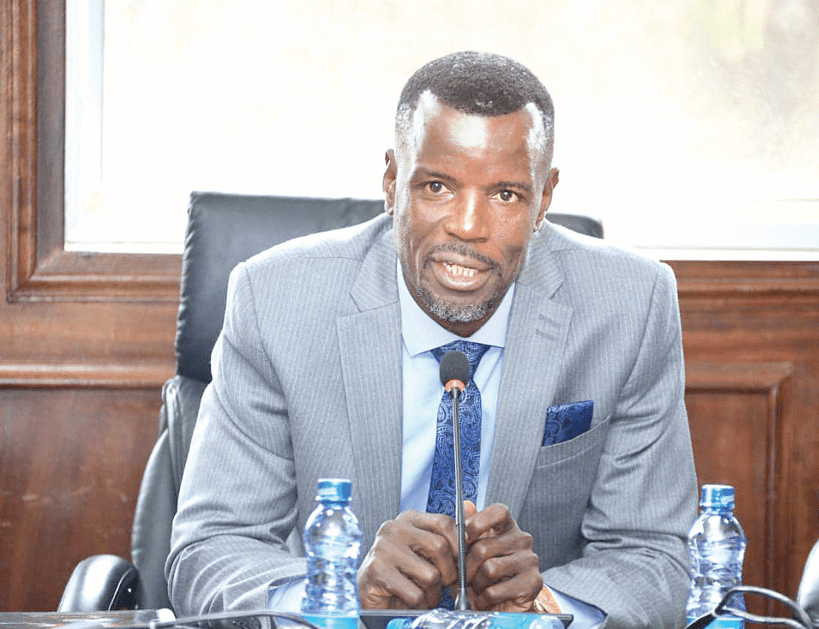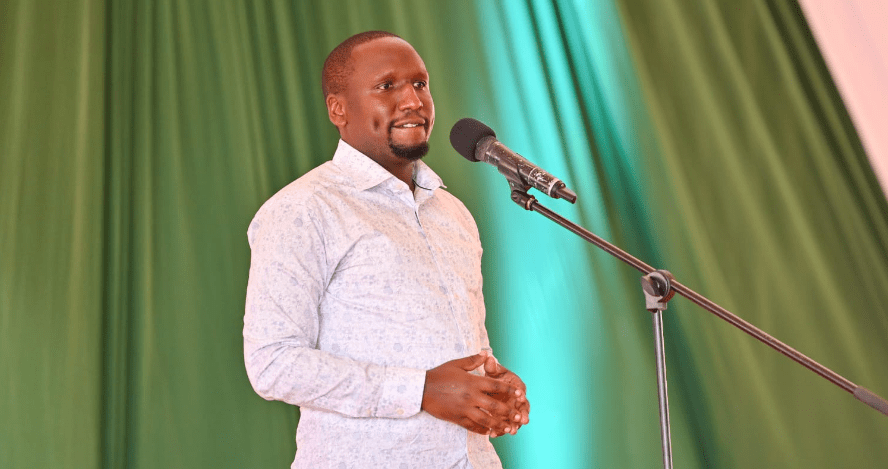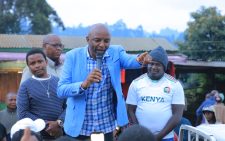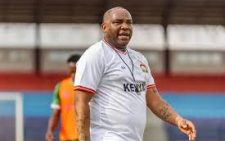Hip-hop not dead – things are looking up, after all
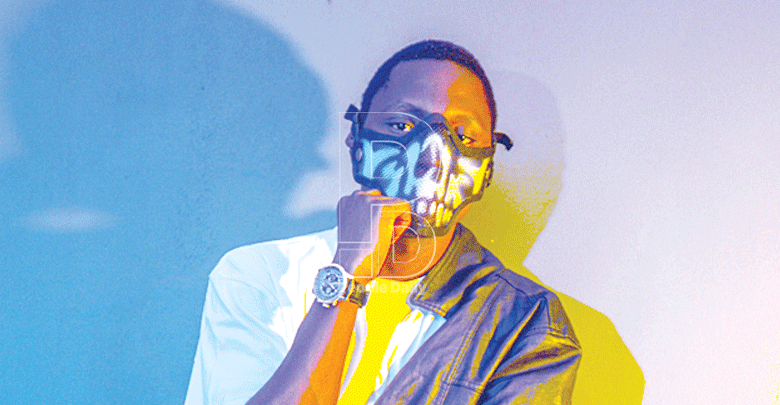
Mombasa has produced some of the best hip-hop artistes in Kenya in four different generations. It all started with artistes such as the late Poxi Presha, RIC, Nguchi P and Buda Boaz in the mid-90s. Then the likes of Ukoo Flani graced the scene with their revolutionary kind of rap in the late 90s and early 2000s.
But looking at the hip-hop scene in Mombasa today, things are not as they used to be. Many factors have led to this, including many artistes having to switch their style to accommodate the more trendy ones.
“Because of such changes, Mombasa has failed to produce mainstream hip-hop artistes for some years, but we still have many street and underground hip-hop artistes.
If I were to rank them, I probably would do it based on lyrical content and rapping ability. The top ones are Kaa La Moto, RIC, Odinareh Bingwa and Ohmz Law Montana,” top Mombasa hip-hop producer Amz.
In the last three decades, hip-hop has drastically drifted from the hard-hitting lyrical battles, beefs and self-elevation that defined the game. Today, the cost of production makes it hard for many hip-hop acts in Mombasa to even have that album done. Mombasa-based hip-hop producer Teknix, however, disputes that Mombasa’s hip-hop has faded in recent years.
“There is no stagnancy. What there is are just changes and shifts, which are basically growth. The people who are coming out right now are doing a ‘new school’ kind of hip-hop rather than the classical type. What many of them are doing is fusing hip-hop with trending vibes; including trap, with different messages,” he says.
Calling shots
The wider opinion from industry stakeholders at the Coast is that rapper Kaa La Moto is the hottest rapper right now in Mombasa and the only Kenyan rappers that would give him a run for his money are Khaligraph Jones and King Kaka. Less than a week ago, he released a 13-track album titled Kesi. Within 24 hours of its release it collectively garnered more than one million views on YouTube.
“My hip-hop is African-inspired. I do fusion and collaborations with bango, taarab and other African genres. My hip-hop remains authentic, so it can remain true through time and generations.
Every artiste has his own space and fan base, so I cannot say I am ever in competition with anyone. In Mombasa, there is definitely a need to elevate hip-hop artistes by giving them more platforms to share their talent,” says Kaa La Moto.
Mama Lao is virtually the standout female hip-hop artiste calling the shots in Mombasa. The hardcore rapper says: “Hip-hop in Mombasa is growing, especially because most of our content is educative. Although I don’t feel that pressurising competition currently, there are a lot of up-and-coming female rappers at the Coast,” says the Kipepeo hit rapper.
Marginalisation factor
For the longest time, coastal artistes have decried being underlooked as compared to their counterparts from other inland parts of the country. They say this fact sidelines them even with matters airplay and other relevant platforms that play huge roles in showcasing music talents.
“Most of them lack finances to push their art. Also, it’s not easy to find a hip-hop artiste signed to a label or even getting an endorsement deal. As a result, most of them end up changing their styles and others quit.
The media needs to give hip-hop more airplay as was the case back in the day. I am sure if we do so, many artistes will make serious comebacks and even the new age artistes will be more visible,” says producer Amz.
A number of up-and-coming hip-hop artistes in Mombasa such as Young Njita, Shatta Rhymes and Risto are showing promise of becoming great artistes. With enough exposure, mentorship and support, they have the potential to outshine even the most established.
“Within a span of three years, there are only three hip-hop artistes from Mombasa who have managed to stay afloat and that’s myself, Ohmz Law and Kaa La Moto. But there are many good artistes that operate from the underground level.
Coast radio and TV presenters need to up a little on airplay from this side to regain balance; otherwise it remains just the same playlist everywhere. Promoters also need to push hip-hop artistes a bit more,” rapper Odinareh Bingwa tells Spice.
